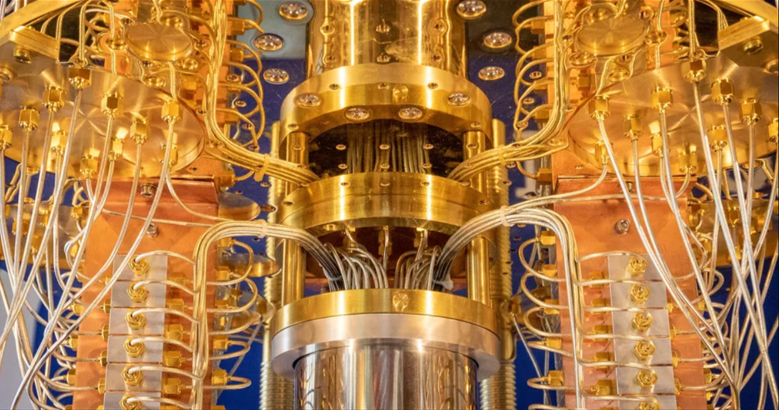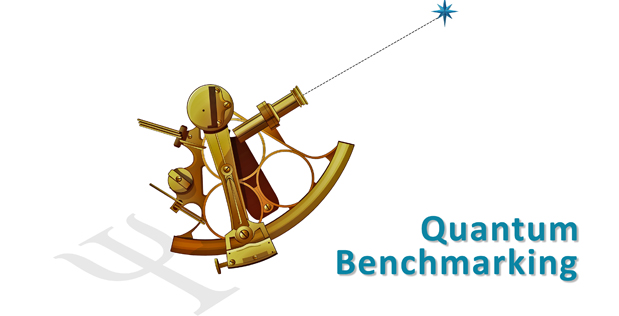DARPA Hopes to Quantify Impact of Quantum Computers
Alongside artificial intelligence and robotics, quantum computers arguably rank among the most exciting futuristic technologies. These computers can be built based on a number of models but the most widely used is the quantum circuit model in which qubits (the quantum equivalent of bits) are capable of being in a third state besides “1” and “0”: a superposition of both states. As of today, quantum computers are not powerful enough to carry out calculations which traditional computers are incapable of. However, they have the potential to revolutionize fields such as machine learning, cryptography and pharmaceutics.
The US Defense Advanced Research Projects Agency (DARPA) argues that at the current rate of progress, “fault-tolerant quantum computers – with millions of physical quantum bits (or qubits) – may be a decade or two away”. The agency has long been involved in the field of quantum computing and according to official releases its currently working towards “developing hybrid classical/intermediate-size “noisy” quantum systems that could leapfrog purely classical super computers in solving certain types of military-relevant problems”. Last week, DARPA announced a new program seeking to create the capability to benchmark the progress of the technology and thereby better understand where progress stands, where it should go and how it can be useful.

Joe Altepeter from DARPA’s Defense Sciences Office explains in more detail:
“It’s really about developing quantum computing yardsticks that can accurately measure what’s important to focus on in the race toward large, fault-tolerant quantum computers. Building a useful quantum computer is really hard, and it’s important to make sure we’re using the right metrics to guide our progress towards that goal. If building a useful quantum computer is like building the first rocket to the moon, we want to make sure we’re not quantifying progress toward that goal by measuring how high our planes can fly. […] Quantum Benchmarking is focused on the fundamental question: How will we know whether building a really big fault-tolerant quantum computer will revolutionize an industry? Companies and government researchers are poised to make large quantum computing investments in the coming decades, but we don’t want to sprint ahead to build something and then try to figure out afterward if it will be useful for anything.”
DARPA has identified three key challenges for the future benchmarking metrics. The first is to figure out what metrics should serve as the basis for benchmarking. The task is made especially tough by quantum experts not being experts in the technology quantum computers are to replace. The second challenge is to create a sufficient testing environment or, in DARPA’s words, “wind tunnels for quantum computers”. The final challenge is estimating how much quantum resources and/or traditional resources are needed to carry out a task.

